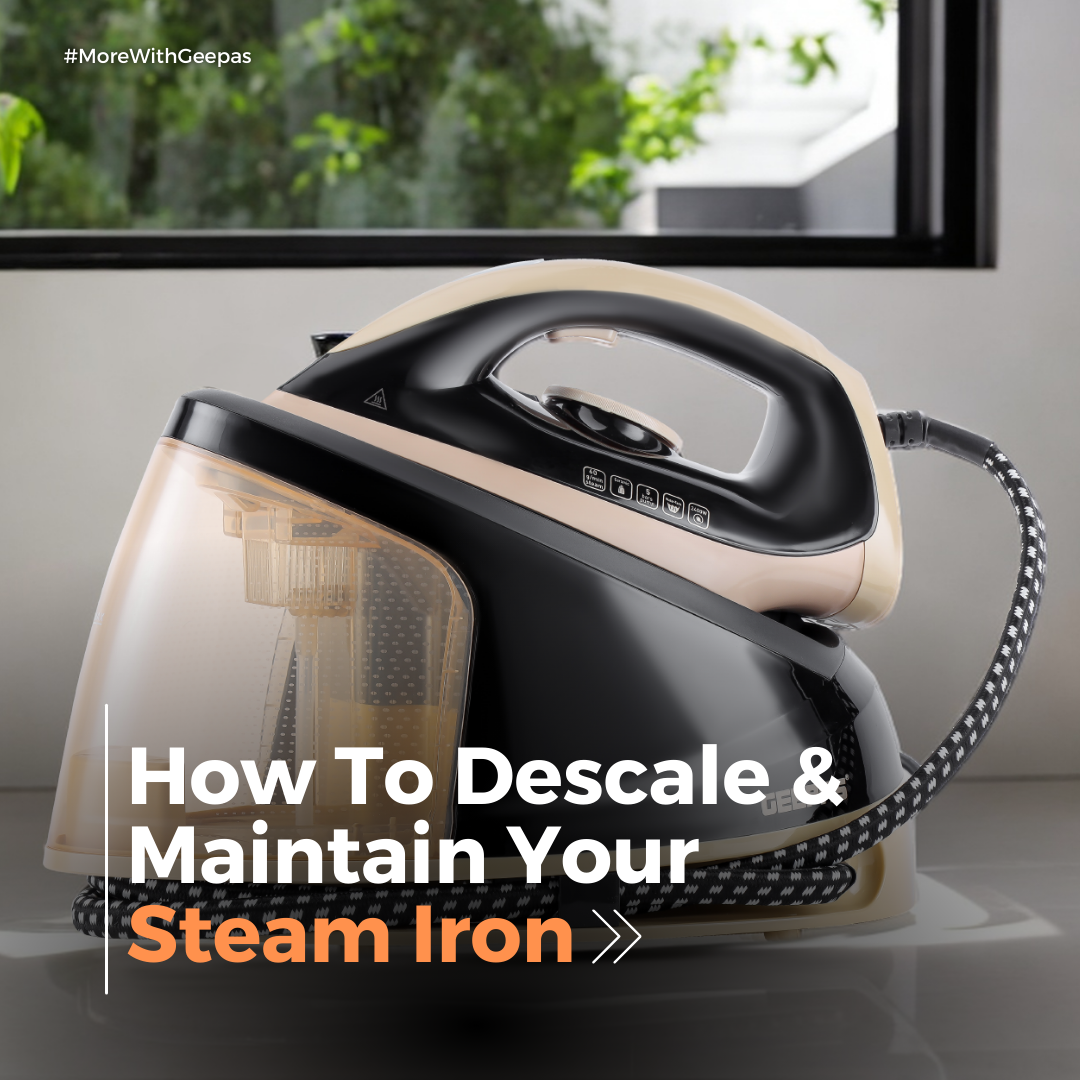Espresso - the rocket fuel of mornings, the heart and soul of a perfect cappuccino. But to the uninitiated, that gleaming metal best on your countertop can seem as intimidating as a dragon guarding a treasure hoard of caffeine. Fear not, intrepid coffee adventurer! This comprehensive guide will equip you with the knowledge and skills to transform your kitchen into an espresso haven, churning out creamy shots that would make any barista proud.
Gear Up: Essential Equipment & Beans:
Before setting fire to your taste buds (metaphorically, of course), ensure you have the right tools for the job.
Espresso Machine: Choose a machine that fits your budget and skill level. A semi-automatic offers more control over pressure and extraction, while an automatic espresso machine takes care of the basics for a user-friendly experience.
Grinder: Freshly ground beans are crucial for optimal flavour. Invest in a burr grinder with adjustable settings for precise grind size (aim for fine, like sand). Pre-ground beans are a no-go for true espresso.
Portafilter: This basket holds your precious grounds. Check if it's a single or double shot basket and adjust your recipe accordingly.
Tamper: This compact tool compacts the grounds evenly in the portafilter, creating a dense puck for optimal extraction.
Temp Gauge (optimal): Monitors water temperature, crucial for consistent results. Most machines have internal thermostats, but a separate gauge allows fine-tuning.
Cleaning Supplies: Microfiber cloths, brushes, and descaling products keep your machine in tip-top shape.
The Beans, The Glorious Beans:
Use espresso-specific roasts with a dark chocolatey hue. Freshness is key - buy whole beans and grind them just before brewing. Grind size is the holy grail: too fine, it chokes the machine; too coarse, your shot will be weak and watery. Start fine and adjust coarser if extraction is slow or bitter.
Water Matters: Use filtered or bottled water for optimal taste and machine longevity.
Let's Get Brewing: From Grind To Glory
- Grind: Freshly grind your beans according to your machine and portafilter.
- Dose: Fill the portafilter with the appropriate amount of grounds (around 7-8 grams for a single shot, 14-16 grams for a double). Tap the sides to settle the grounds and level the top with your finger.
- Tamp: Apply firm, even pressure with the tamper, aiming for a level and consistent tamp. Avoid over-tamping, as it can create bitter flavours.
- Purge: Run hot water through the group head without a portafilter to warm it up and remove any coffee residue.
- Lock & Load: Lock the portafilter into the grouphead. Ensure it's snug and secure.
- Brew: Press the brew button and watch the magic happen. Aim for a golden crema - a thick, oily layer on top of the espresso. A good extraction takes around 25-30 seconds.
- Pull The Shot: Stop the extraction once the crema starts to lighten and the flow becomes thin and blonde. Over-extraction results in bitterness.
- Clean Up: Remove the portafilter and discard the grounds. Rinse the portafilter and group head with hot water.
The Milk Frothing Finesse:
For those creamy latte and cappuccino dreams, mastering milk frothing is key. Use cold, whole milk for optimal texture.
- Steam Wand: Submerge the steam wand tip just below the milk's surface, angling it slightly toward the side of the pitcher.
- Stretching: Create a vortex by moving the pitcher up and down, incorporating air into the milk and expanding its volume. This creates the microfoam for a silky texture.
- Heating: Once the milk doubles in volume, gradually raise the pitcher and submerge the tip deeper to heat the milk. Stop before it scalds!
- Swirling: Swirl the pitcher to create a homogenous texture and eliminate large bubbles.
- Pouring: Tilt the pitcher slightly, pour the milk into your espresso shot, starting with a thin stream to create the latte art layers, then finishing with the thicker foam for the final dollop.
Explore The Geepas Espresso Machine Product Collection - Shop Now
Flavor Exploration: Beyond The Basics
Once you've mastered the basics, venture into the world of espresso experimentation!
- Grind Size Adjustments: Play with finer or coarser grinds to achieve different flavor profiles.
- Dose Variations: Adjusting the amount of ground can impact strength and intensity.
- Temperature Control: If your machine allows, tweaking the brewing temperature can unlock subtle flavor nuances.
- Bean Blends: Explore different blends of Arabica and Robusta beans for varying.
Voila! You're basically a barista now. Experiment, have fun, and don't worry about making mistakes the first few times - even bitter shots are just stepping stones on your coffee journey. So grab your espresso robot, put on your dancing shoes (for the milk frothing, obviously), and brew your way to the coffee heaven!
Most Frequently Asked Questions About Espresso Coffee Machines
What Are The Different Types Of Espresso Machines?
Espresso machines come in several types:
- Manual Machines: Require the user to control every aspect of the brewing process, offering maximum control but requiring skill.
- Semi-Automatic Machines: Allow users to start and stop the extraction process manually, providing a balance between control and convenience.
- Automatic Machines: Automate the extraction process, stopping the flow of espresso automatically, which simplifies the brewing process.
- Super-Automatic Machines: Handle the entire process from grinding beans to brewing and frothing milk, offering maximum convenience with minimal user intervention.
How Do I Choose The Right Espresso Machine For My Needs?
Consider the following factors:
- Skill Level: Beginners may prefer automatic or super-automatic machines, while experienced users might opt for manual or semi-automatic models.
- Budget: Prices vary widely; determine your budget to narrow down options.
- Features: Decide which features are essential, such as built-in grinders, programmable settings, or milk frothing capabilities.
- Space: Ensure the machine fits your available kitchen space.
- Maintenance: Consider the ease of cleaning and maintenance.
What Is The Difference Between An Espresso Machine and A Coffee Maker?
Espresso machines brew coffee by forcing hot water through finely ground coffee under high pressure, producing a rich, concentrated shot with crema. Coffee makers, such as drip brewers, use gravity to allow hot water to pass through coarser coffee grounds, resulting in a milder brew.
How Often Should I Clean and Descale My Espresso Machine?
Regular cleaning is essential:
- Daily: Clean the portafilter, steam wand, and drip tray after each use.
- Weekly: Backflush the machine with water to remove coffee residue.
-
Monthly: Descale the machine to remove mineral buildup, especially if using hard water.
Always refer to the manufacturer's guidelines for specific maintenance instructions.
Can I Use Regular Coffee Beans In An Espresso Machine?
While you can use regular coffee beans, espresso is typically made with a specific roast level and grind size. Espresso beans are often roasted darker, and the coffee should be ground finely to ensure proper extraction under pressure.
What Grind Size Should I Use For Espresso?
Fine grind size is essential for espresso machines to ensure the correct extraction time flavour profile. The grind should be similar to table salt in consistency. Adjustments may be necessary based on your specific machine and preferences.
Bonus Tip: Clean your machine regularly. Nobody likes a grumpy coffee robot.





2 comments
Phil
Hi
I’m really disappointed with my Geepass machine. Using freshly ground espresso beans it still produces a coffee that is too weak.
The milk frother also does not produce a proper foam. Just some warm milk with a few bubbles.
And by the time the milk is ready it results in a cappuccino that is really not hot enough and even weaker in strength because of the effect of the milk mixing on with the coffee instead of foam staying on top.
Can you give me an explanation for these problems?
I have used other machine brands in the past without these issues.
Hi
I’m really disappointed with my Geepass machine. Using freshly ground espresso beans it still produces a coffee that is too weak.
The milk frother also does not produce a proper foam. Just some warm milk with a few bubbles.
And by the time the milk is ready it results in a cappuccino that is really not hot enough and even weaker in strength because of the effect of the milk mixing on with the coffee instead of foam staying on top.
Can you give me an explanation for these problems?
I have used other machine brands in the past without these issues.
Arena
Hello dear Geepas team
Recentlly, I bought the coffee machine 1325S, it’s really great but unfortunately I need help to use this device. Could you please give me an educational film? I need instructions’ use and have some question about making coffee, as well as clean it. Could you please do me a favor? Please give an educational film about instructions. I am looking forward of hearing from you.
Best regards,
Arena
Hello dear Geepas team
Recentlly, I bought the coffee machine 1325S, it’s really great but unfortunately I need help to use this device. Could you please give me an educational film? I need instructions’ use and have some question about making coffee, as well as clean it. Could you please do me a favor? Please give an educational film about instructions. I am looking forward of hearing from you.
Best regards,
Arena